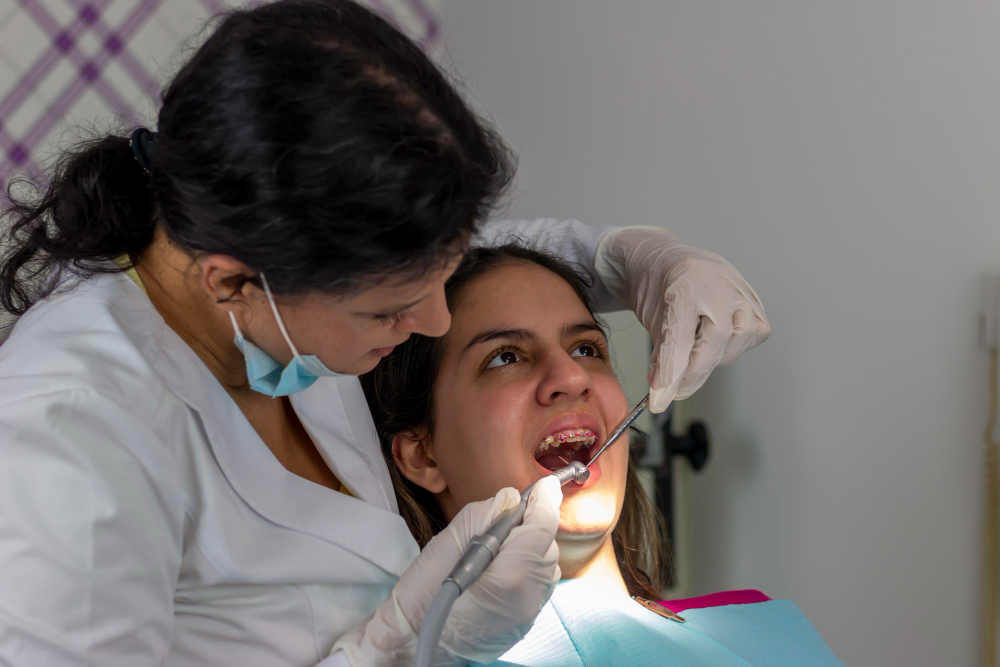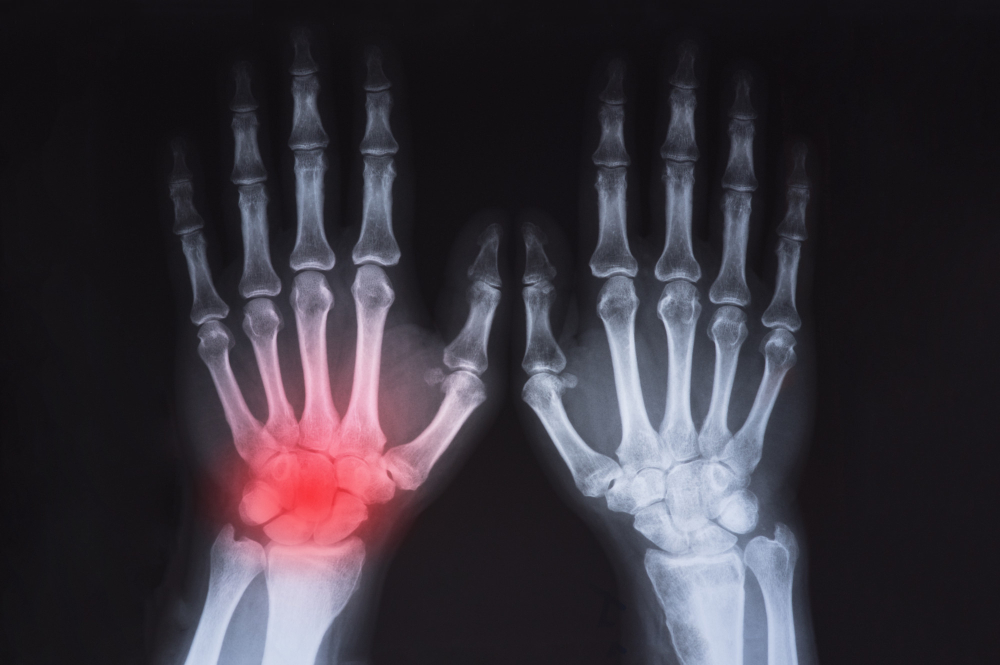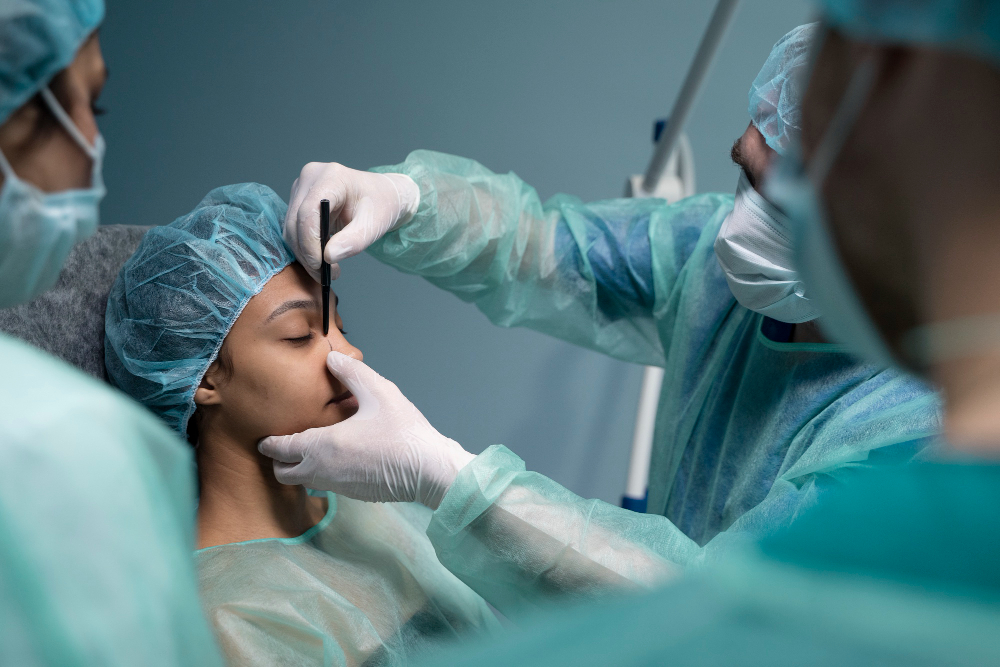Achieve a Confident Smile with Dental and Cosmetic Surgery at Preethi Hospital
At Preethi Hospital, we understand the profound impact that a healthy smile can have on one’s confidence and well-being. Our state-of-the-art Dental and Cosmetic Surgery Department offers comprehensive treatments to enhance both your oral health and aesthetic appeal. Whether you are looking for restorative dental procedures or cutting-edge cosmetic enhancements, Preethi Hospital is committed to providing you with high-quality care, advanced techniques, and outstanding results. Comprehensive Dental Care Good dental health is the foundation of a bright smile and overall well-being. At Preethi Hospital, we offer a wide range of dental services designed to prevent, treat, and restore dental conditions. Our team of experienced dentists is equipped to handle everything from routine check-ups to more complex procedures. Cosmetic Dentistry for a Beautiful Smile At Preethi Hospital, we believe that everyone deserves to feel confident in their smile. Our cosmetic dentistry services are designed to enhance the appearance of your teeth and gums, giving you the confidence to smile brightly. Advanced Cosmetic Surgery for Facial Aesthetics Beyond dental care, Preethi Hospital offers advanced cosmetic surgery services to enhance your facial features and overall appearance. Our team of skilled cosmetic surgeons is dedicated to delivering natural-looking results that help you feel more confident and rejuvenated. Why Choose Preethi Hospital for Dental and Cosmetic Surgery? At Preethi Hospital, we are committed to delivering exceptional care and outstanding results in both dental and cosmetic surgery. Here’s why patients trust us for their treatment:


















